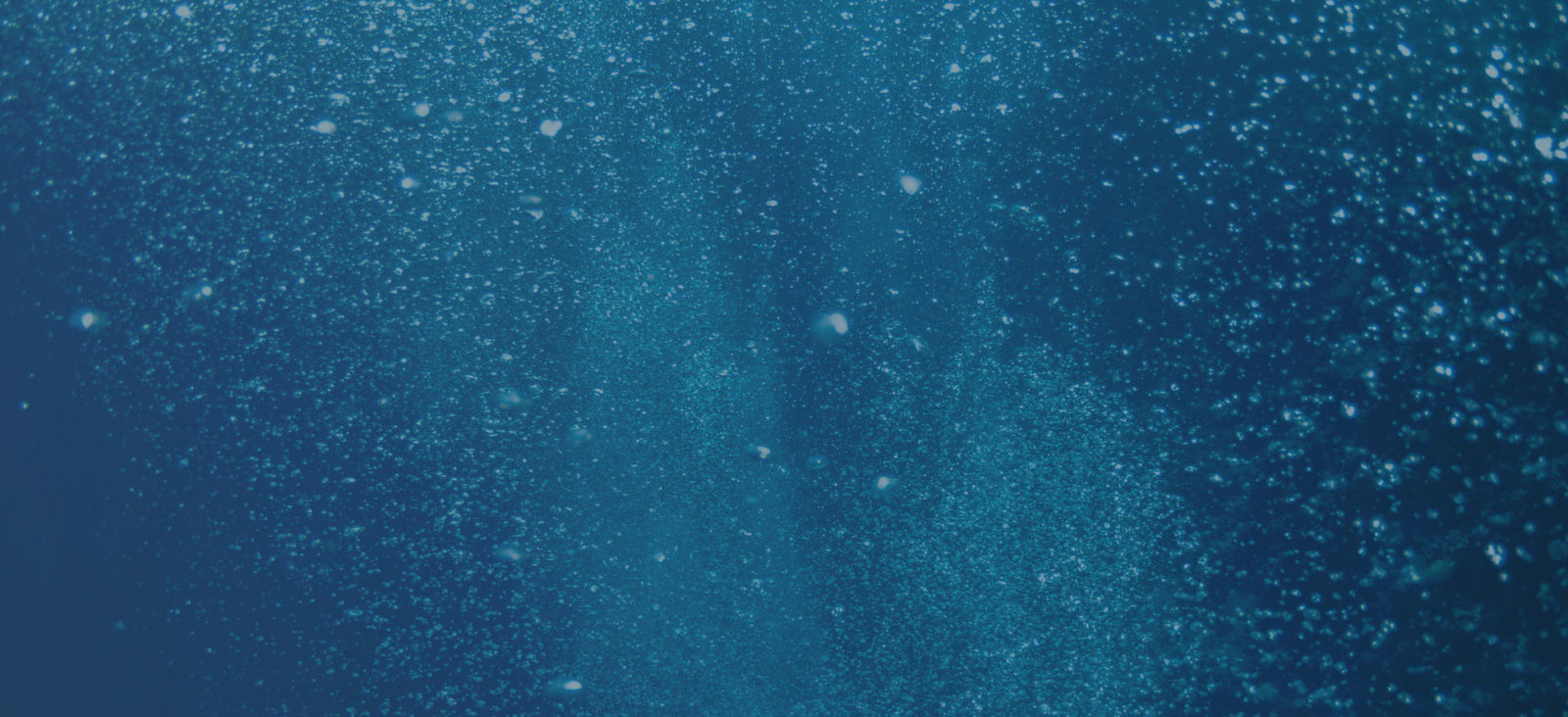
25 Jan Water contaminants and how to protect against them
How dangerous is a glass of water? The human eye can’t detect certain things that flow from the tap into a drinking glass. Unfortunately, water borne diseases are on the rise, due to aging water delivery systems and polluted sources. This is happening at a global scale and not only in third world countries.
Many types of bacteria and pathogens can sometimes find their way into public water. While many bacteria are benign, other types can be extremely harmful to people. The effects of such pathogens can range from stomach aches and nausea to diarrhea and vomiting. Even worse, some pathogens can cause long-term health conditions, or severe reactions that can lead to death. The types of pathogens found in water include (but are not limited to) bacteria such as, Legionella, E. coli, Coliform, or Salmonella, viruses such as Rotavirus and Hepatitis A, microbial cysts such as Giardia, and Cryptosporidium a.k.a. Crypto.
An outbreak of Legionella caused the death of nine people in Portugal in November. In 2017, there were outbreaks of Legionella in several towns in New Hampshire, which actually inspired the creation of a product that protects against it. Canopus Water Technology’s C-UV100 safely eliminates 99% of bacteria from water, including Legionella (more on the C-UV100 below).
What is Legionella and what can it do?
Legionella bacteria can grow and spread through drinking water systems, and exposure to it can cause a form of pneumonia called Legionnaires disease. Exposure to Legionella can cause a serious lung infection. Its symptoms include coughing, shortness of breath, fatigue, fever, muscle aches and headaches. People at risk for prolonged sickness or even death from this bacteria include those over age 50, current or former smokers and those with underlying health issues.
Legionella bacteria thrives in water, especially in stored warm water like you’d find in water heaters, hot tubs and large plumbing systems. People get infected by Legionella bacteria through ingesting the water, but not just through drinking. Mist or vapors containing Legionella can be inhaled, which can cause the disease to take hold.
Healthcare facilities, including hospitals, rehabilitation centers and nursing homes, treat those at a higher risk for illness from exposure from Legionella bacteria, such as the elderly, those with existing and serious healthcare conditions and those with weakened immune systems. Once these populations are infected with the Legionella bacteria, they have a greater chance of contracting serious, debilitating illnesses, including death.
People who already have weakened respiratory systems can contract a deadly form of pneumonia. Patients who aren’t wearing masks can simply inhale Legionella bacteria via mist or water droplets in the air. Or they can be exposed to the bacteria from drinking water or the water used for bathing and hygiene accessed in the facility.
The dangers of E. coli, Giardia, Crypto and Microsporidia
Ingesting these pathogens also result in flu-like systems. E. coli present in water can cause stomach cramps, bloody diarrhea and vomiting. Microbial cysts such as Giardia and Crypto also cause painful, debilitating diarrhea. Microsporidia can cause diarrhea and kidney disease as well as infection of the sinuses and eyes.
For example, cleaning contact lenses with water containing Microsporidia pathogens can cause serious ocular infections. People who are immunocompromised – such as those receiving treatment in healthcare facilities – are more susceptible to Microsporidia and other pathogens that may live in drinking/cleaning water.
Protect yourself from harmful bacteria and parasites
Our water disinfection system easily installs at your home or business’ point of use (under the sink), meaning the water is decontaminated before it leaves the tap. Canopus’ C-UV100 eliminates microscopic bacteria from water including Legionella and E. Coli Salmonella. The C-UV100 also eliminates a wide range of microbial cysts including Giardia, Crypto and Microsporidia.
Canopus’ C-UV100 is a chemical-free water purification solution that uses the power of a light-emitting diode (LED) to render bacteria and cysts harmless. Ultraviolet light (UVC) is an effective non-chemical disinfectant. Exposing bacteria to UVC disrupts the DNA, preventing organisms from multiplying. As a result, water disinfected with UVC light is safely sanitized.
Safe drinking water should be a given for all of us, especially when we’re being treated at a healthcare facility, but unfortunately it’s not. If you have concerns about disease-causing bacteria infecting the water you and your family drink, consider installing a point-of-use water purification system in your home. Or suggest a water disinfection system at your place of business.



Sorry, the comment form is closed at this time.